Trade Review: Asian steel, scrap prices seen firm in Q2 as war-led supply crunch continues
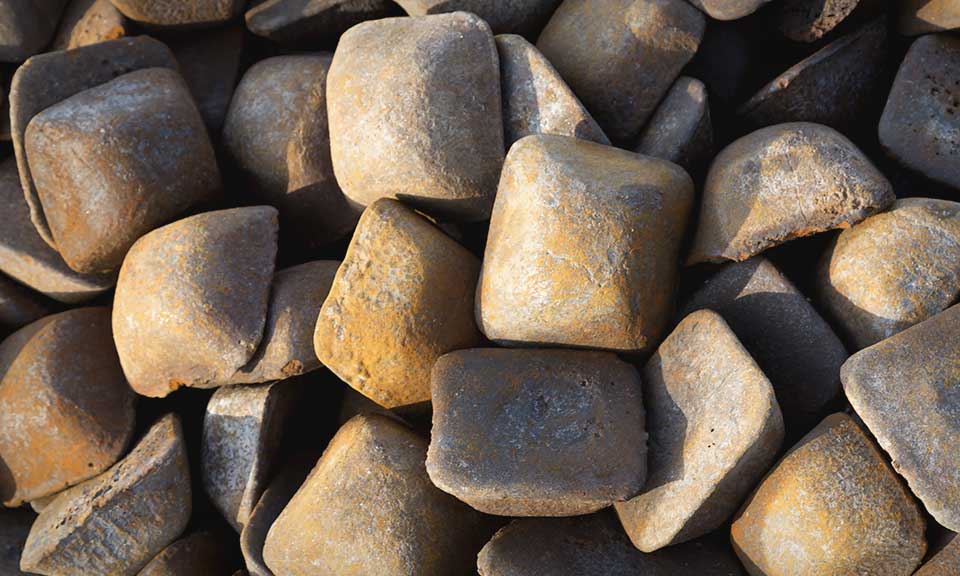
This report is part of the S&P Global Commodity Insights' Metals Trade Review series, where we dig through datasets and digest some of the key trends in iron ore, metallurgical coal, copper, alumina, and steel and scrap. We also explore what the next few months could bring, from supply and demand shifts, to new arbitrages, and to quality spread fluctuations.
Prices in Asia's hot-rolled coil, rebar and ferrous scrap markets are likely to remain strong in the second quarter, after surging in Q1, as supply chains are gradually restored and markets continue to price in the impact of Russia's invasion of Ukraine.
Suppliers in India, Japan and South Korea have increasingly focused on European steel markets in the wake of the invasion, while Chinese mills are emerging as dominant suppliers in Asia. This trend is likely to continue in Q2 after the EU increased quota volumes for HRC imports from India by 62% and from South Korea by 27% from April 1.
The absence of Russian and Ukrainian-origin coils is estimated at around 19% of global supply, analysis of S&P Global Commodity Insights' spot market data for SAE1006 HRC in 2021 showed.
Given the absence in the Asian flat steel market of material from Russia, Ukraine, India and South Korea, the return of Chinese HRC in a dominant position is highly likely in Q2. India and South Korea accounted for 10% of observed HRC offers into Asia in Q2 2021, S&P Global data showed, and their shift in export focus in the current quarter is likely to see Chinese cargoes filling the gaps.
Another reason supporting the growth in Chinese HRC exports is weak domestic steel demand due to a property market slump that has been exacerbated by a COVID-zero strategy, along with logistical disruptions that have weighed on the manufacturing sector.
The spread between Chinese HRC export and domestic prices widened to $52.59/mt March 31 from minus $17.55/mt on Jan. 4, S&P Global price assessments showed, indicating prices were considerably more attractive in the export market. SS400 HRC export prices surged $123/mt or 16% over the same period, outpacing the $52.43/mt or 6.5% rise in domestic prices.
Despite lockdowns in Tangshan and Shanghai, the impact on steel production, which has steadily climbed since the Winter Olympics in February, has so far been limited.
Do you think Asia's hot-rolled coil, rebar and ferrous scrap prices will remain strong in Q2?#steel#metals#Russia#Ukraine#China#COVID19
— S&P Global Commodity Insights Metals (@SPGCIMetals) April 11, 2022
In addition to expectations of a strong seaborne market in Q2, the outlook for Chinese HRC prices is bullish as domestic demand was expected to increase after the COVID-19 restrictions ease. Nonetheless, demand recovery and prices remain subject to any further supply-chain disruptions from the war in Ukraine and China's handling of COVID-19.
In the billet market, unabated supply concerns and higher production costs due to the jump in energy prices will define prices in Q2. Billet prices in Tangshan rose 13% from the start of Q1 to near the end, while soaring 33% on a CFR Southeast Asia basis over the same period.
Seeking to avert risks and sanctions associated with buying Russian billet and the shipping risk with Ukraine billet from the Black Sea, Asian buyers have had to seek alternatives. This led to the number of observed CIS trades dropping to just one in March from three in February and six in January, spot data compiled by S&P Global showed.
While domestic steel supply in Q1 was trimmed during the Winter Olympics, pandemic lockdowns in a number of Chinese cities have since led to reductions in overall activity and disrupted logistics. Market participants expect a proper recovery in demand to take place in Q2, if the pandemic situation improves.
Given the Russia-Ukrainian conflict has not shown signs of easing, billet market participants are expecting supply tightness to continue in Q2, at a time when construction and infrastructure demand is recovering in parts of Asia.
The Asian scrap market is poised to see further resistance to price increases in Q2 as steelmakers are squeezed between rising melt costs and limited downstream product demand.
Sentiment in the scrap market is set to be further dampened in Q2 by volatile freight prices, spiking energy costs and the upcoming rainy season from late May that are all expected to weigh on construction steel demand across Asia.
The higher buy-side resistance in Q2 follows the price of Japanese scrap surging 39.3% quarter on quarter in Q1, with the Platts H2 grade FOB Japan assessment rising to Yen 65,500/mt March 31 from Yen 47,000/mt on Dec. 31, 2021.
Rising demand at the start of the year supported the initial spike in Asian scrap prices in Q1, before Russia's invasion of Ukraine on Feb. 24 added more fuel to the upsurge.
Shipment delays for western-origin containerized cargoes also increase regional demand for Japanese material, given the latter's advantage of shorter delivery lead times.
The weakening of the Japanese Yen against the US dollar in the latter half of Q1 as the US moved to rein in high inflation made Japanese scrap even more attractive for East Asian buyers.
Notably, the price of heavy scrap material from Japan was observed to have flipped and unusually become cheaper than lighter scrap material from the US.
Likewise, scrap prices in the US and Turkey were also shaken up following the invasion of Ukraine, with exporters of US material eventually eyeing higher price levels from buyers in Asia.
The Platts deepsea bulk HMS 80:20 CFR East Asia price surged to a 14-year high of $665/mt CFR March 16, up 33% from Dec. 31, 2021.
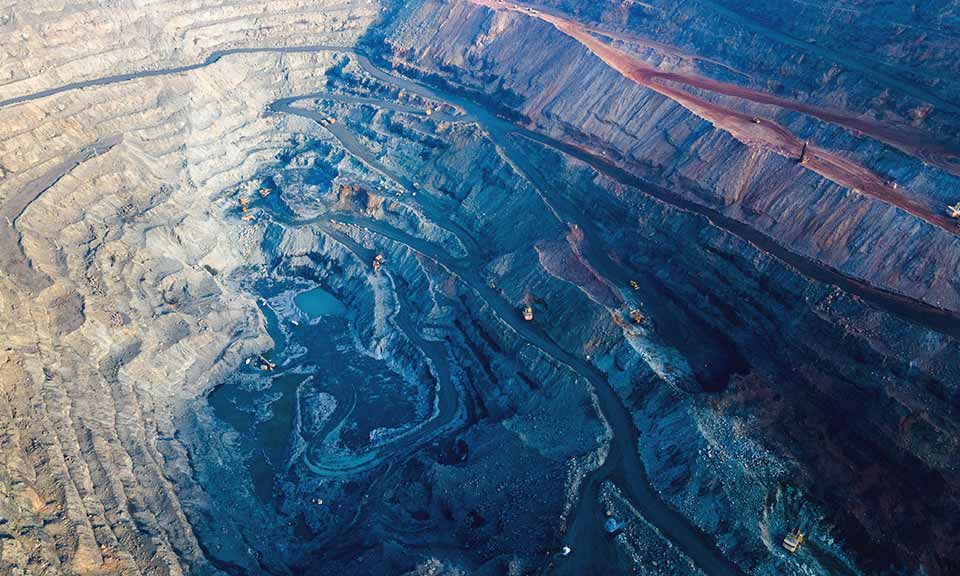
News
Leinster Lithium Project comprised of 23 exploration licenses Several European lithium mining/refining projects set to launch this year UK project developer and battery metals recycler Technology Minerals is to sell its exploration licenses in Leinster, Ireland, to project developer European Lithium. The London-listed company said April 22 the purchase would take place through the sales of 100% of the issued share capital of its wholly owned subsidiary and the owner of its exploration licenses LRH Resources limited. The proposed sale price is $10 million to be settled through the transfer of the equivalent value of shares held by European Lithium in Critical Metals Corp. calculated at 90% of the closing market price of the shares on the day before the signing of a heads of agreement. The shares in Critical Metals will be held in escrow until Feb. 28, 2025. LRH Resources' Leinster Lithium Project is comprised of 23 exploration licenses containing significant lithium bearing spodumene pegmatites. Technology Minerals said it will retain its 100% interest in the Asturmet project in northern Spain. "The agreement is an endorsement of our ability to identify and develop early-stage projects with significant potential," said Alex Stanbury, Technology Minerals chief executive. "It also underscores our strategy to advance early-stage projects up the value curve and attract potential buyers or partners to bring additional value to the company and its shareholders," he added. European Lithium chair, Tony Sage said that the acquisition demonstrates his company's commitment to expanding in the European lithium industry and its ability to identify and secure promising lithium properties. "This also demonstrates the value of our investment in Critical Metals Corp. As we move forward, we can utilize the investment again and again without depleting our cash reserves, he said. European Lithium, an Australia-listed mining exploration and development company is focusing on the development of the Wolfsberg project in Cezch Republic. The company is aiming to be the first and largest local lithium supplier in an integrated European battery supply chain. Several European lithium mining and refining projects are poised to launch commercial operations this year, supported by a push among original equipment manufacturers, or OEMs, to regionalize their battery supply chains and reduce dependence on imported material. On March 18, The European Council adopted the European Critical Raw Materials Act (CRMA) The regulation requires that EU capacities along the strategic raw material supply chain satisfy at least 10% of EU annual consumption of mined material, at least 40% consumption of processed products and at least 25% consumption of recycled material. The regulation also requires that no more than 65% of the EU's annual consumption of each strategic raw material at any relevant stage of processing should come from a single third country. Platts, part of S&P Global Commodity Insights, assessed lithium carbonate at $14,500/mt CIF Europe April 22, unchanged on the month, while lithium hydroxide was assessed at $14,500/mt CIF Europe on March 18, also stable on the month. Platts Connect: News & Insights (spglobal.com)
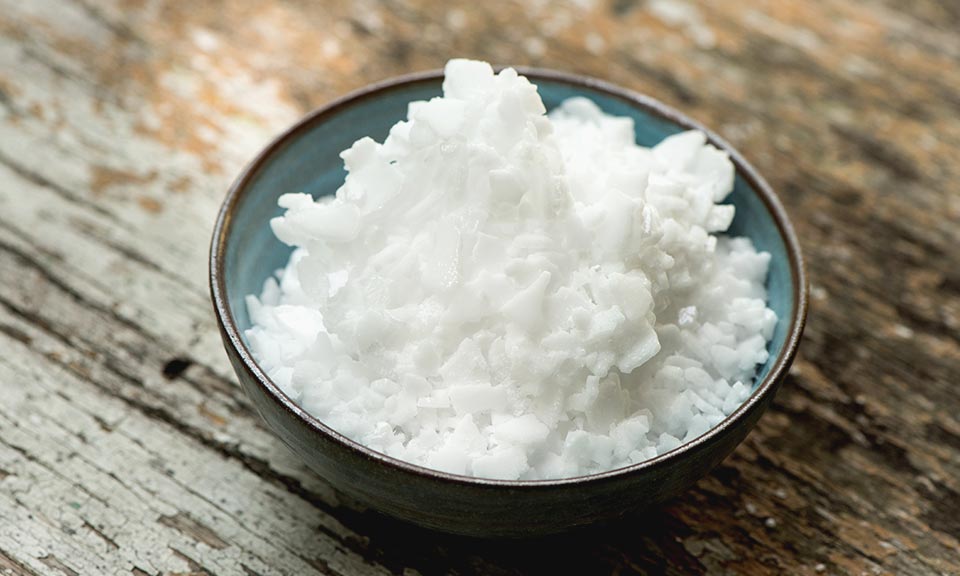
News
Nine-month production up 9.1% on year March quarter sales rise 14.4% on year Sales for 9-month period up 9.3% on year Australia's Pilbara Minerals boosted spodumene concentrate production 20.8% year over year to a record 179,006 dmt in the third quarter of the 2023 financial year, the company reported in quarterly report released April 19. The volume was also up 2% quarter on quarter and brought the nine-month total to 499,200 dmt of spodumene concentrate, 9.1% higher year on year. The company’s financial year runs from July to June. The miner said that, although there had been production challenges early in the March quarter due to adverse weather events and ore supply challenges, the P680 primary rejection facility had achieved nameplate production capacity in the second half, with a monthly production record of 80,000 dmt achieved in March. Besides the expanded production capacity of P680 with no shutdowns, the monthly record was also helped by higher ore lithium head grade and higher lithium recoveries due to operational improvements including the temporary mobile ore sorters. Pilbara said it was temporarily using mobile ore sorters to supplement ore feed and to gather in-field intelligence on the use and optimization of ore sorting technology on mine ore feed ahead of the start of commissioning of the P680 crushing and ore sorting facility in the June quarter. Sales up 14.4% on year Pilbara Lithium’s sales for the March quarter were 165,100 dmt, up 14.4% year on year and up 3% quarter on quarter. The average realized price of the quarterly sales were $804/dmt CIF China, $83.4% lower on the year and down 28% quarter on quarter. Pilbara said the quarterly sales were lower than the production volume due to the timing of shipments, with two totaling 25,900 dmt made during the first half of April. “The company continues to see ongoing customer demand for its product and is not stockpiling production volume,” it said. Sales for the nine-month period totaled 471,400 dmt, up 9.3% on the year, at an average realized price was $1,343/dmt CIF China, down 72.8% on the year. “The pre-auction sale of 5,000 dmt at $1,106/dmt SC5.5 in March reflects the ongoing demand and positive pricing for unallocated production volume,” Pilbara said. Lithium price increases are "feeling material" when looking at the 60 days up to mid-April, Pilbara Minerals' Henderson said. Platts, part of S&P Global Commodity Insights, assessment of lithium spodumene concentrate with 6% lithium oxide content (SC6) has risen 11.3% since the start of 2024 to $1,080/mt FOB Australia April 19. Mid-Stream demo plant project on schedule The company said its Mid-Stream demonstration plant project continued to progress on schedule and budget with detailed design, and was still expected to achieve first lithium salt production in the June quarter of the 2025 financial year. Pilbara’s JV with POSCO, POSCO Pilbara Lithium Solution Co., also completed commissioning activities and started production ramp up for Train 1 of the 43 ,000 mt/year lithium hydroxide monohydrate (LHM) chemical facility in Gwangyang, South Korea, Pilbara said. It said small volumes of uncertified LHM were produced during the quarter as part of commissioning with the ramp-up to full capacity estimated within 12-18 months. The JV also continued major construction works for Train 2 at the plant, with commissioning expected to start during the second half of 2024. Platts Connect: News & Insights (spglobal.com)
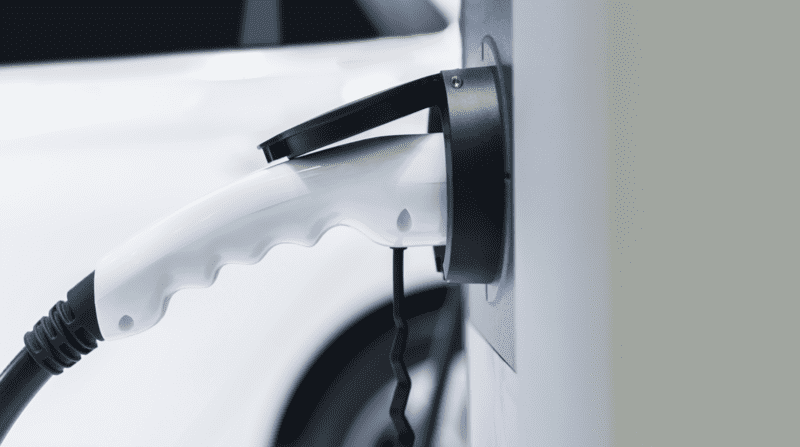
News
Reduced EV sales hits home installations Tailwinds from ZEV mandate expected UK EV sales market share down in March The UK's electric vehicle charging market is facing a challenging outlook due to policy uncertainty and reduced demand for new EVs, EDF-majority-owned charging company Pod Point said April 18. Pod Point's 2023 revenue fell 11% to GBP63.8 million ($80 million) mainly due to a 38% year-on-year decline in home charge point installations to 33,513. Commercial charge point installations fell 10% to 5,231. "The market is likely to remain challenging with increased consumer uncertainty in anticipation of potential changes to UK government policy and ongoing volatility in private new EV demand," CEO Andy Palmer said. There should be "significant tailwinds", however, from the government's zero emission vehicle (ZEV) mandate, Palmer said. The legislation requires auto makers to increase zero emission car and van sales in the overall UK mix from 22% in 2024 to 38% by 2027, 80% by 2030 and 100% by 2035. UK battery electric vehicle registrations in March were up 3.8% year on year to 48,388 units, although, at 15.2%, BEVs' market share was down one percentage point year on year, according to Society of Motor Manufacturers and Traders data. National Grid ESO estimates there will be up to 37.4 million EVs on UK roads by 2050, up from just over 1 million as of end-March (not including 645,000 plug-in hybrid EVs). Pod Point CFO David Wolffe said the company expected the mix of vehicles to continue to shift to EVs on the back of more choice for consumers, "with more new battery electric models expected to be launched in 2024 at more accessible price points." A potential constraint, however, could be the UK's behind-schedule power network expansion. "The addition of an EV typically will double a household's electricity usage. This is a huge challenge at the national level. In parallel with this, there has been rapid growth in the contribution of wind and solar power to our national grid, which are both more volatile," Wolffe said. On the plus side for Pod Point and EDF, these factors may double the value of the grid flexibility market by 2030 to around GBP4 billion. The vehicle-to-grid concept sees EVs helping network operators balance their systems. "Pod Point has already established itself as an emerging player in this exciting market, delivering revenue and profit in 2023. We have delivered flex in two markets during 2023 and have signed multiple partnerships with key players, including EDF, Centrica and UK Power Networks," it said. Platts, part of S&P Global Commodity Insights, assessed battery grade lithium carbonate and hydroxide assessments at $14,500/mt CIF Europe on April 17, stable in recent weeks but down from $15,900/mt in early January. Platts Connect: News & Insights (spglobal.com)
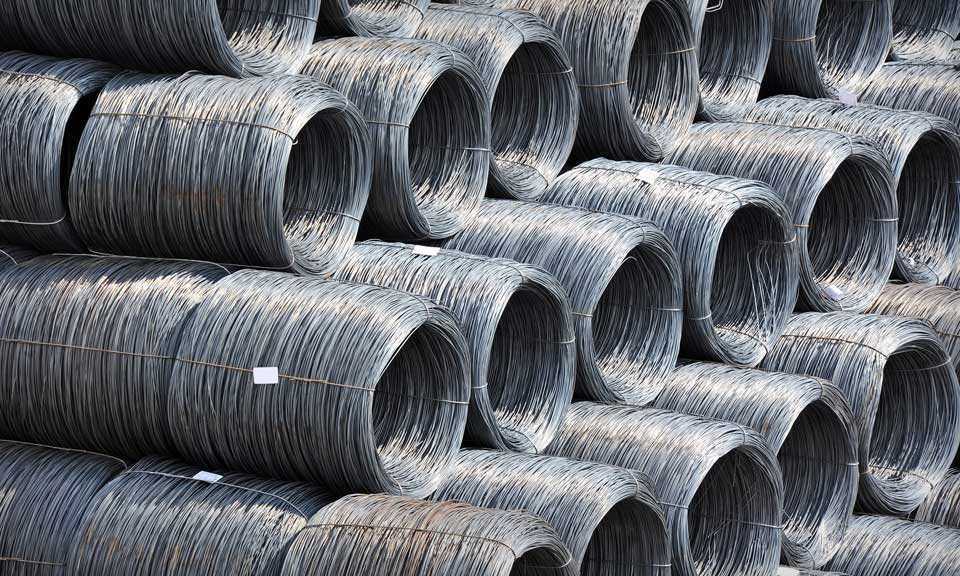
News
China's property sector has been in shambles over the past few years and remains the biggest drag on domestic steel demand. The property market has trended downwards in the first quarter of 2024. With no major recovery signs in new home sales, China’s new home construction starts are likely to remain on the downwards trajectory in the foreseeable future. The slowing property sector has triggered debt risks locally, leading Beijing to order local governments to downsize infrastructure projects, which has also undermined the growth momentum in infrastructure steel needs, adding to the demand slump. Click here to see full-size image